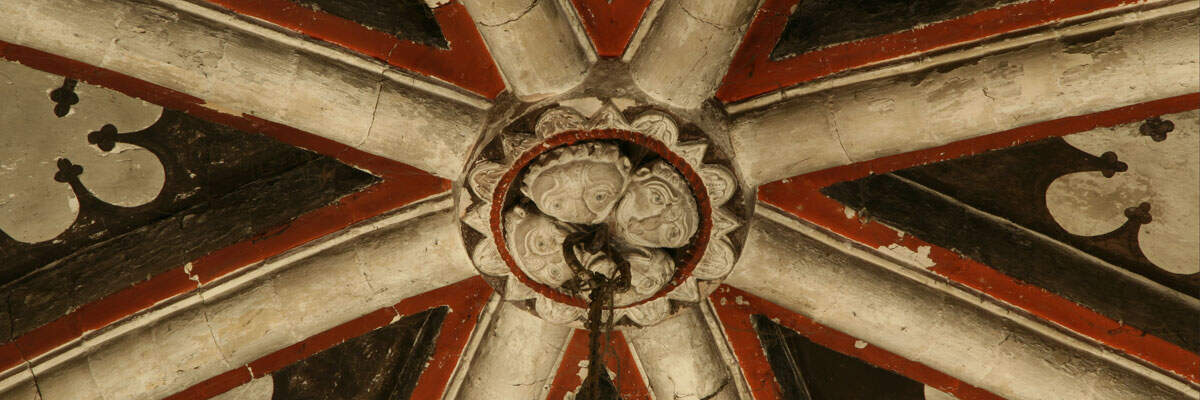In 1066, Murdoch had 4 ¾ carucates; these passed to Drew de Bevrere by 1086, and to the count of Aumale later still (VCH vii, 51).
There is no record of the church until 1256; it was perhaps a chapel of Roos, which had a priest and a church in the Domesday Survey. It was a poor living.
VCH VII p. 55, fig. 3, shows Hilston church in the earlier 19th century, reproducing Poulson 1841, ii, 58. The engraving shows a plain-walled nave and chancel, with a two-light pointed window in the S nave wall, and the (liturgical) S doorway with what looks like at least two orders of arches. There was a bell-turret. Poulson's description (1841, 82) includes the following information: that the dedication was to St Margaret, and that the church held only 90 persons and was 19 by 6 or 7 paces in size. He says 'the south side of the nave has a low plain circular-headed Norman doorway... on the north side is a corresponding fine old Norman doorway, on a double arch, with the zigzag moulding; the remainder on this side is a plain bare wall... both nave and chancel are built of sea cobbles, except for a few brick reparations to the latter. A small low circular headed arch to the chancel, the abacus from which it rises being five feet eight inches high. The font is an oblong square granite block, hollow, for the basin reaches to the bottom.'
The Faculty papers (Borthwick Fac. 1861/3) have no plan or drawing of the medieval building, but the intention was for 'taking down and effectually removing the said Church... to erect on or near to the Site... a new church', clearing the ground of graves if they would be in the way. The proposed S [sic] elevation shows a doorway with three orders of chevron and perhaps a billet label. The photograph from the Thelwell Collection (Bridlington Public Library; Thelwell was a school teacher in Sledmere) shows the church built by J. L. Pearson for Sir Tatton Sykes with the chevron-arched doorway on the liturgical S side. Stone was still hard to get, and so, sympathetically as well as economically, Pearson's church 'above the ground line [was] to be built in Rubble Stone in mortar ... faced with split cobble stone...'. The boundary wall in this mixed fabric survives in part. There is no word of the 'granite' font being returned to the new church.
Morris (1919, 190) says 'Two Norm. dorways from this humble structure are preserved in the present building [that is, Pearson's church]. That on the N has three orders of chevrons, that on the S is plain’.
Only parts of the chevron doorway survived to be reused.



